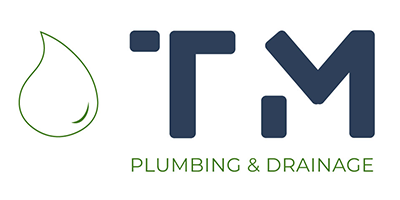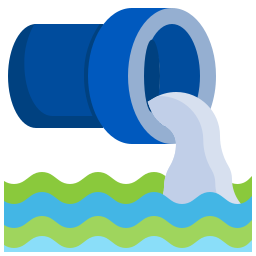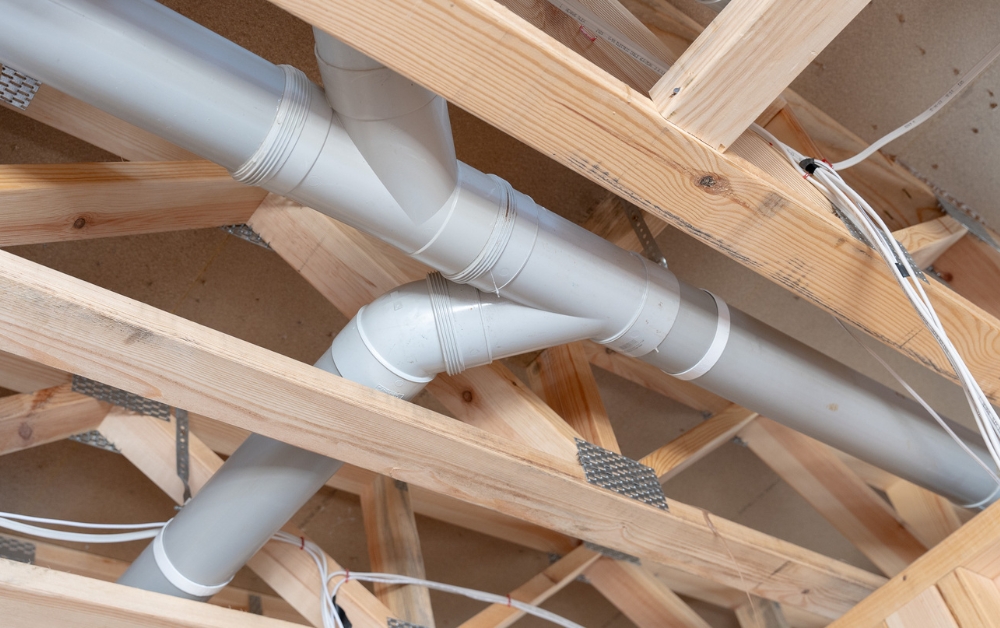
Save Your Walls (and Wallet): How to Locate a Burst Pipe Before it’s Too Late
A pipe that bursts means a disaster! Yep, that burst pipe surprise is no one’s idea of a good time. With more than two decades of providing plumbing and drainage solutions in Melbourne, clients dealing with burst pipes are the most stressed ones.
Imagine you walk into your living room, and suddenly, your socks are soaked, the carpet is drenched, and you’re left wondering if you’ve accidentally stumbled into a water park.
Let me tell you, dealing with burst pipes is no joke. Not only can they turn your home into a mini swimming pool, but they can also wreak havoc on your walls and your wallet.
So, how do you prevent greater damage once you notice this water pooling inside your home? Right! Find the burst pipe location immediately! Trust me, a little prevention goes a long way when keeping your home dry and your stress levels low.
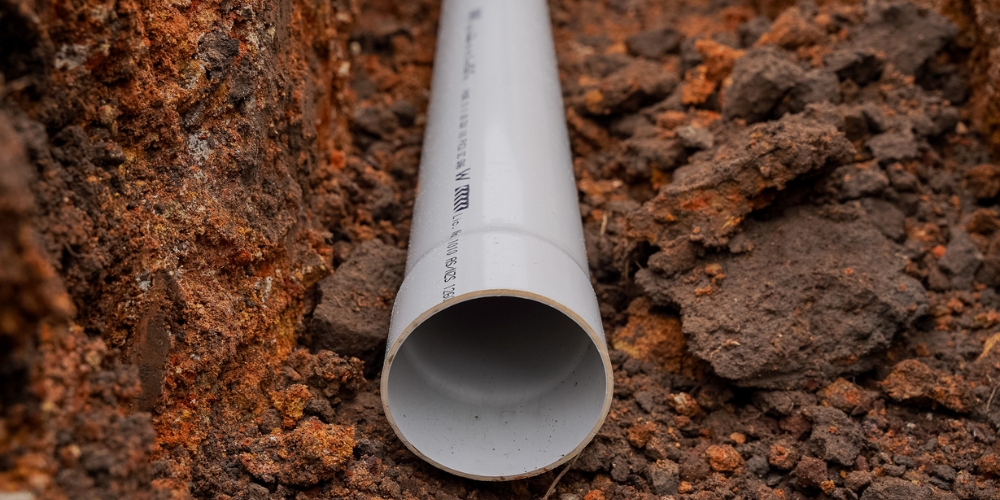
Why Do Pipes Burst?
We all know that, like any part of the house, pipes are prone to wear and tear, being one of the most essential parts of our plumbing system.
Aside from these, there are also other factors that we often see that cause bursting pipes in houses:
Freezing Temperatures:
When water in a pipe freezes, it expands and creates pressure, potentially causing the pipe to burst. This is because the expansion of water as it freezes puts stress on the walls of the pipe, leading to cracks and ruptures, especially in uninsulated or exposed pipes.
Corrosion:
Over time, pipes can deteriorate due to corrosion, weakening their structure and making them more prone to bursting. Corrosion can eat away at the metal or material of the pipes, thinning the walls and creating weak points that are susceptible to bursting.
High Water Pressure:
Excessive water pressure can strain the pipes, leading to cracks and eventual bursts. When the water pressure exceeds the capacity of the pipes, it can cause them to weaken and fail, resulting in bursts and leaks that can cause significant damage.
Clogs:
The buildup of debris and minerals inside the pipes can increase pressure and weaken the pipe walls, making them more likely to burst. If clogs are not cleared, they can lead to blockages that restrict water flow and create pressure points that may cause the pipes to burst.
Old Age:
As pipes age, they become more susceptible to bursting due to wear and tear. The materials used in older pipes may degrade over time, and joints may weaken, making them more vulnerable to bursting under normal operating conditions.
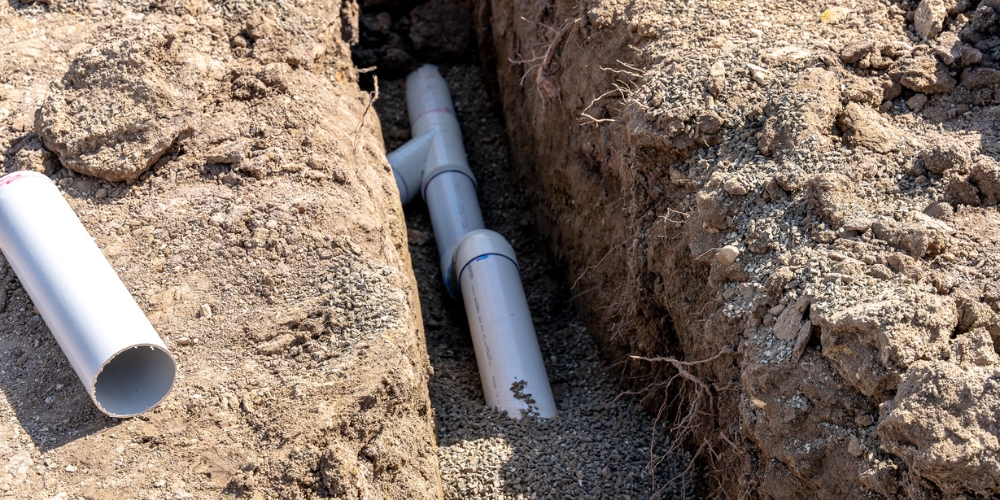
Signs of Burst Pipe
Detecting a burst pipe early is crucial to prevent extensive damage to your home. Keep an eye out for these telltale signs that could indicate a pipe has burst:
Water Damage: Unexplainable Moisture or Stains
Are there any unexpected damp patches on your ceiling, walls, or floors? Water damage is an obvious sign of a pipe that can burst. Surface discolourations or stains could indicate hidden water leaks.
Decreased Water Pressure: Weak or Irregular Flow
Your faucets may indicate a burst pipe if they abruptly stop working with the same force. A drop in water pressure could mean that water is leaving the plumbing system before it gets to where it’s supposed to.
Unusual Sounds: Hissing, Whistling, or Bubbling
Keep an ear out for any odd noises coming from your pipes. Sounds such as hissing, whistling, or bubbling may indicate water leaking from a damaged pipe. These auditory clues may function as precursors to possible problems.
Mould or Mildew Growth: Unexplained Dampness
The excess moisture from a burst pipe creates the perfect conditions for mould and mildew to grow. The rapid mould growth or a musty odour may indicate water accumulating behind walls or concealed locations.
Puddles or Standing Water: Unexpected Wet Spots
The presence of standing water or puddles in unexpected places indicates a leak. Look into the source as soon as possible because structural damage and mould growth can result from extended exposure to water.
Sudden Spike in Water Bills: Unexpected Usage Increase
Pay attention to your water bills. A sudden and unexplainable surge in water usage could happen because of a burst pipe leaking water. Keeping an eye on your usage habits can help you spot anomalies.
Water Discoloured: A Rusty or Murky Look
Your water supply may become contaminated when a pipe bursts. A compromised pipe may be indicated if you observe a change in the colour of the water, such as rustiness or murkiness.
Unusual Odours: Musty or Unpleasant Smells
Odours that don’t seem right, particularly musty or unpleasant, could be signs of concealed water pools. Look into the source immediately to stop additional harm and preserve a healthy interior environment.
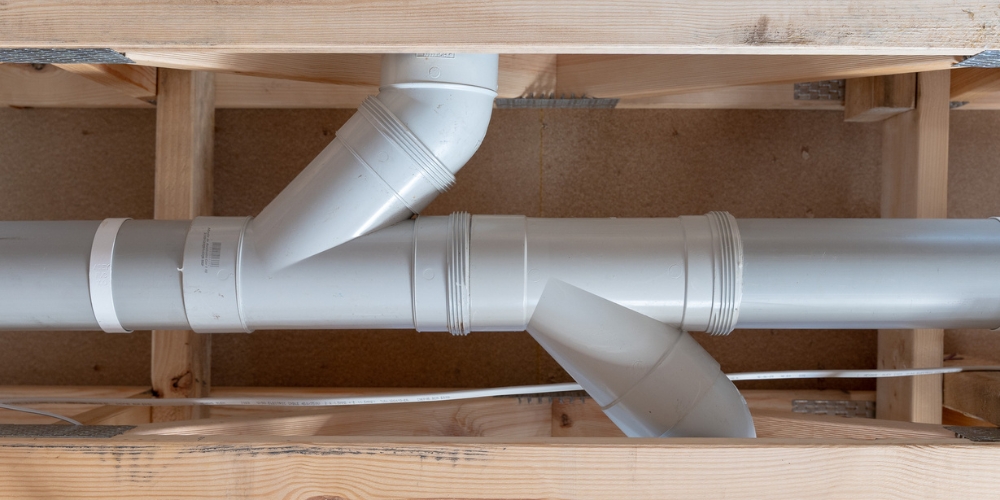
How To Locate a Burst Water Pipe - 7 Easy Steps
So, you’ve got a hunch that your plumbing system might have a damaged pipe—it’s time to put on your DIY detective hat and prevent further damage.
Here’s a step-by-step guide to help you track down that burst water pipe:
Step 1: Shut Off the Water Supply:
Before you start your investigation, cut off the water supply. Find the main shut-off valve in your home and turn it clockwise. This quick move will halt the water flow and prevent any additional
damage.
Step 2: Listen for Telltale Sounds:
With the water off, take a moment to listen. Hissing, dripping, or unusual sounds might reveal the burst’s location. Move around your home, and trust your ears to guide you to the source.
Step 3: Inspect Visible Plumbing:
Start with the obvious. Check all visible plumbing, including under sinks, around appliances, and in the basement. Look for any signs of water – puddles, wet spots, or even small drips. These could be clues leading you to the problematic pipe.
Step 4: Examine Walls and Ceilings:
Grab a flashlight and inspect walls and ceilings. Water stains, discolouration, or bulging areas may indicate a hidden leak. Shine that light on every nook and cranny; leaks love to play hide-and-seek.
Step 5: Check Outside
Remember the outside spaces. Examine any visible pipes and scan your garden for damp or soggy areas. Sometimes, outdoor clues will take you directly to the plumbing crime scene.
Step 6: Use the Water Meter:
It’s time to bring in the water meter for backup. Restart the water supply and keep an eye on the meter. It indicates a leak if it continues to tick when no one uses the water. Keep track of any unusual metre movement.
Step 7: Seek Professional Help if Needed:
Calling in the experts is okay if your DIY efforts hit a dead end. A professional plumber can accurately locate the burst pipe using their tools and expertise. Sometimes, a pro is the best solution.
Things To Do When You Find A Burst Pipe
Discovering a burst pipe can be stressful, but immediate action is crucial to minimize damage. Here’s a quick guide on what to do when you find a burst pipe:
Cut Off the Water Source:
The first thing you do is turn off the water. Find your home’s main shut-off valve and crank it clockwise. This will lessen the amount of water that gets into the impacted area.
Open Faucets to Relieve Pressure:
Open the faucets that are attached to the broken pipe. This diverts water from the damaged region, reducing pressure in the plumbing system.
Turn Off Electricity for Safety:
Safety should come first if the burst pipe is close to outlets or appliances. To lessen the possibility of electrical risks, turn off the electricity in that area and throughout the house.
Contain the Water:
Use towels, buckets, or any available containers to contain and collect water. Place these items strategically around the affected area to minimize damage to flooring, furniture, and possessions.
Call a Professional Plumber:
It’s time to bring in the experts. Call a licensed plumber to assess the situation and make necessary repairs. Professional assistance ensures the burst pipe is properly fixed, preventing future issues.
Start Drying and Cleanup:
Begin the drying process as soon as possible. Use fans, dehumidifiers, or open windows to facilitate air circulation. Clean and disinfect affected areas to prevent mould growth.
Evaluate and Prevent Future Incidents:
Once the immediate crisis is handled, assess why the pipe burst. Was it due to freezing temperatures, ageing pipes, or another issue? Take steps to prevent future incidents, such as insulating pipes in colder climates or scheduling regular plumbing maintenance.
How To Avoid a Bursting Pipe on Your Home
Preventing a bursting pipe in your home is necessary to avoid potential water damage and costly repairs. Here’s a guide on how to keep your pipes in tip-top shape and reduce the risk of a burst:
Insulate Exposed Pipes
Insulate exposed pipes in cold climates, especially in crawl spaces, basements, and attics. This aids in avoiding freezing, which frequently results in burst pipes.
Maintain Adequate Heating
Make sure your house is properly heated, especially in the winter. This keeps pipes from freezing and helps to maintain a constant temperature.
Seal Air Leaks
Seal the cracks and gaps in your house’s windows, doors, and walls. By doing this, you stop chilly air from entering your homes and influencing the temperature of your pipes.
Disconnect and Drain Outdoor Hoses
Drain and disconnect outside hoses before the arrival of winter. Freezing can result from leaving water in hoses, affecting connected indoor pipes.
Regular Inspections
Make regular checks on your plumbing system. Look for any evidence of leaks, corrosion, or weakening joints. Prompt discovery enables timely repairs, averting possible explosions.
Know Your Water Pressure
Take note of your home’s water pressure. Consider adding a pressure regulator if the pressure is constantly high. Over time, excessive water pressure can strain pipes and increase their vulnerability to bursts.
Frequently Asked Questions
Burst pipes can occur in new and old homes due to poor insulation, incorrect installation, or sudden temperature drops.
The optimal water pressure range is generally around 40-60 psi to prevent strain on pipes, reducing the risk of bursts.
Signs of ageing pipes include discolouration, corrosion, frequent leaks, and reduced water flow. Regular inspections can help identify these issues.
Yes, you can assist in preventing burst pipes by taking preventative measures before you leave for vacation. If you'll be gone for an extended amount of time, disconnect and empty outdoor hoses, turn down the thermostat to a comfortable setting, and think about turning off the main water supply.
Conclusion
Burst pipes can make us panic, and feeling stressed is okay. However, it’s crucial to remember that you can tackle the situation with a calm approach and the right steps. Take control, follow the advice shared, and turn the challenge into an opportunity to safeguard your home.
If you find the damage is beyond your control, don’t hesitate. Pick up that phone and call your expert plumber without a second thought. Their expertise can make all the difference in swiftly resolving the issue and saving your home from further harm. Don’t wait – let the professionals handle it!
